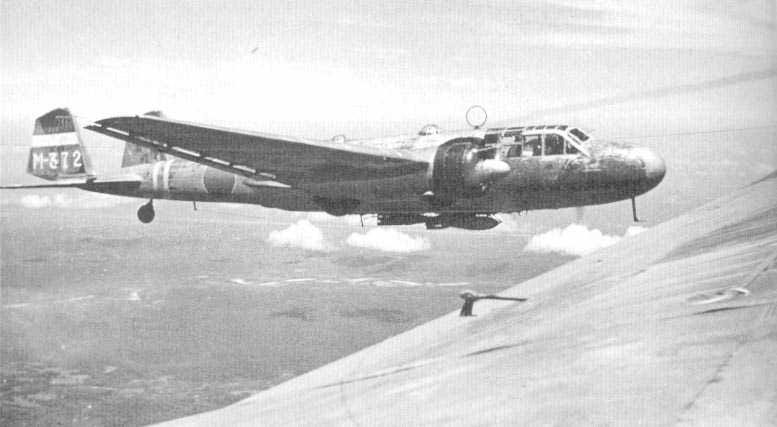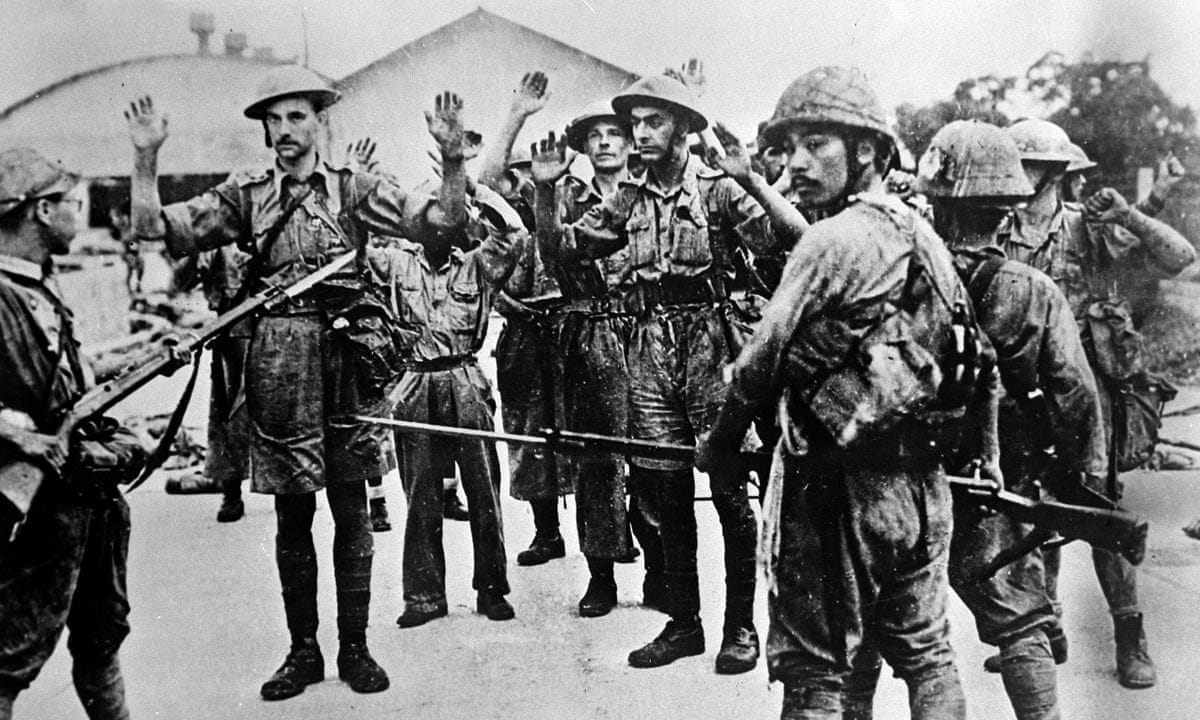Following my recent interview with author Stuart Lloyd, he kindly agreed to present this extract from his new book, A Bleeding Slaughterhouse, which covers the tragic events of the Alexandra Hospital Massacre in Singapore on 15 February 1942. Today marks the 80th anniversary of that day, providing a somber reminder of Asia’s past. If you enjoy what you read below, do consider purchasing a copy of his fine new tome.
When war came to Singapore and Malaya in December 1941, some Japanese divisions had been battle-hardened by war in China for over four years. The British troops meanwhile had been complacently basking in the sun and cavorting around the nightspots of Lavender Road. No wonder the result was a rout.
7 December 1941. An orgy of orange suffused sea and sky as the tropical sunset made its lazy curtain call on another idyllic Singapore Sunday. Only the streamlined hull of Honora -- their 38-foot cruiser -- disturbed the placid waters of the Malacca Straits, twin Rolls-Royce engines purring them toward home.
‘This is too beautiful,’ said Denis, surveying the scene from behind the wheel, his clipped moustache lending him a Clarke Gablesque look. His wife Ethel sat with long suntanned legs outstretched, a smile of radiant contentment a proxy for her reply.
The couple was returning from their own little private island, Pulau Shorga, where they’d built a small cottage sheltered by palms. Its main feature was an atap-roofed open-sided living area, replete with wicker chairs, where they could laze the days away as the warm waters lapped up against the 150-foot wharf they’d put in for their cruiser. At night the portable wind-up gramophone player would blare out tunes they, and often their guests, would dance to, relishing the sun-warmed sand on their bare feet under the Malayan moonlight.
Dead-ahead was the Bukit Panjang spine of low green hills which framed the west coast. She could also pick out Bukit Chandu (Opium Hill), and -- tracing a line down the hill -- could spot their double-storey colonial bungalow along the coastal road. To their starboard Blakang Mati island loomed golden-green. Pillboxes poked from between palm trees, and 15-inch guns – the insurance policy of the Empire – added an incongruous tone to the otherwise languid landscape.
With the nearest telephone being at Fort Siloso on Blakang Mati, about 10km as the seagull flies, this was far from care. As Denis, or Major Mulvany, RAMC, as he was by then, was usually on call at the British Military Hospital Alexandra (The Alex), he devised a rather ingenious work-around. When needed, the hospital would call the fort, which duly sent a soldier out to beat a big Malay gong seven times. Denis would then cruise back across to perform his surgery. Meanwhile Ethel would go feed the fish at the end of the pier, especially delighting in Minnie the stingray. In this agreeable way, they spent nearly three quarters of their time in 1941. Aah, magical times!
Soon after twilight Denis turned their car up the driveway to their main residence at 112 Pasir Panjang Road, a grand portico-clad four-bedroom house. Their exuberant dogs, Brutus and Bowby, bounded out to meet them.
From here they could enjoy the reverse-angle view of the islands. In the past year they’d made it their home – colourfully furnished with Persian rugs, Kashmir lamps, silver tea sets, and other trappings of colonial life from several years with the British Indian Army. Bharose, one of their 22 Indian servants from those Cawnpore days, was here, plus Kuki, a Chinese cook who served up delicious dinners (when not incapacitated by generous inhalations from her opium pipe).
Bellies full, and pleasantly sapped by the weekend away, they retired for the night.
Soon after 11pm, Mihoro and Genzhan Corps of the Imperial Japanese Naval Air Service took off from an airfield in Saigon, Vietnam, with a single-minded mission: to bomb Singapore. ‘I and my crew got our Type 96 bomber and departed with 12 of 60kg bombs,’ pilot Capt Iwasaki Yoshiaki told me.
That proverbial dark and stormy night necessitated navigation lights just to keep in formation. Lightning zaps skittered across the South China Sea. The further south they went, the worse the weather got, until their commander re-called all planes around 2am. But only Genzhan Corps listened. Mihoro’s 17 bombers ploughed on. Then the weather cleared. Singapore was sparkling, their targets perfectly visible.
‘Our target was Seletar Airfield,’ said Iwasaki of his crew’s specific mission. ‘We dropped all our bombs under strong searchlight and heavy anti-aircraft fire.’ No fighters were scrambled against them. One RAF torpedo bomber pilot, Sgt Norman Bryer, was based at Seletar but had only just been admitted to The Alex with inflammation in his leg, so luckily was not on the receiving end of Iwasaki’s bombs that night, but would shortly find himself in the thick of one of WW2’s most heinous war crimes, the Alexandra Hospital Massacre 1942.

‘Wake up, Ethel, the Japs are blitzing us!’ shouted Denis from their upstairs verandah. They rushed down to the garden, dogs eagerly in tow, soon joined by their servants, including Kebun, the Malay gardener. Bombs crumped and boomed from the fashionable Raffles Square area, and showers of flowery fireworks filled the air.
Leaflets drifted earthwards from the invading planes. They featured a cartoon of a fat European rubber planter, and white men lounging -- cool drinks in hand -- while Tamil labourers slaved around them in the scorching sun. ‘Burn all white devils in the sacred flame of victory,’ they exhorted.
But for now they all stood on the lawn at 4:15am, slack-jawed and mesmerized. Including their dogs. But the excitement proved too much for Bowby, who died frozen on the spot he stood. Two hundred civilians were also casualties that night.
Denis and Ethel rushed upstairs and threw on their uniforms, Ethel affixing her Red Cross armbands, scoffed down Bharose’s hastily prepared breakfast, and sped off to The Alex, a mere five minutes away, in anticipation of an influx of patients.
On landing at Saigon, Capt Iwasaki heard that the first infantry transports had gone ashore on the north Malayan coast and Pearl Harbor had been successfully attacked, too. The day of infamy.
‘None of us anticipated when we went to bed that Sunday night that this was the last peaceful evening we would have for many years to come,’ said Capt Constantine Petrovsky, RAMC, a doctor who soon became assigned to The Alex. Indeed, it seemed only one side was really ready for war that December.
This was an edited extract from A Bleeding Slaughterhouse – The Outrageous True Story of the Alexandra Hospital Massacres by Stuart Lloyd, out now on Amazon.















Share this post